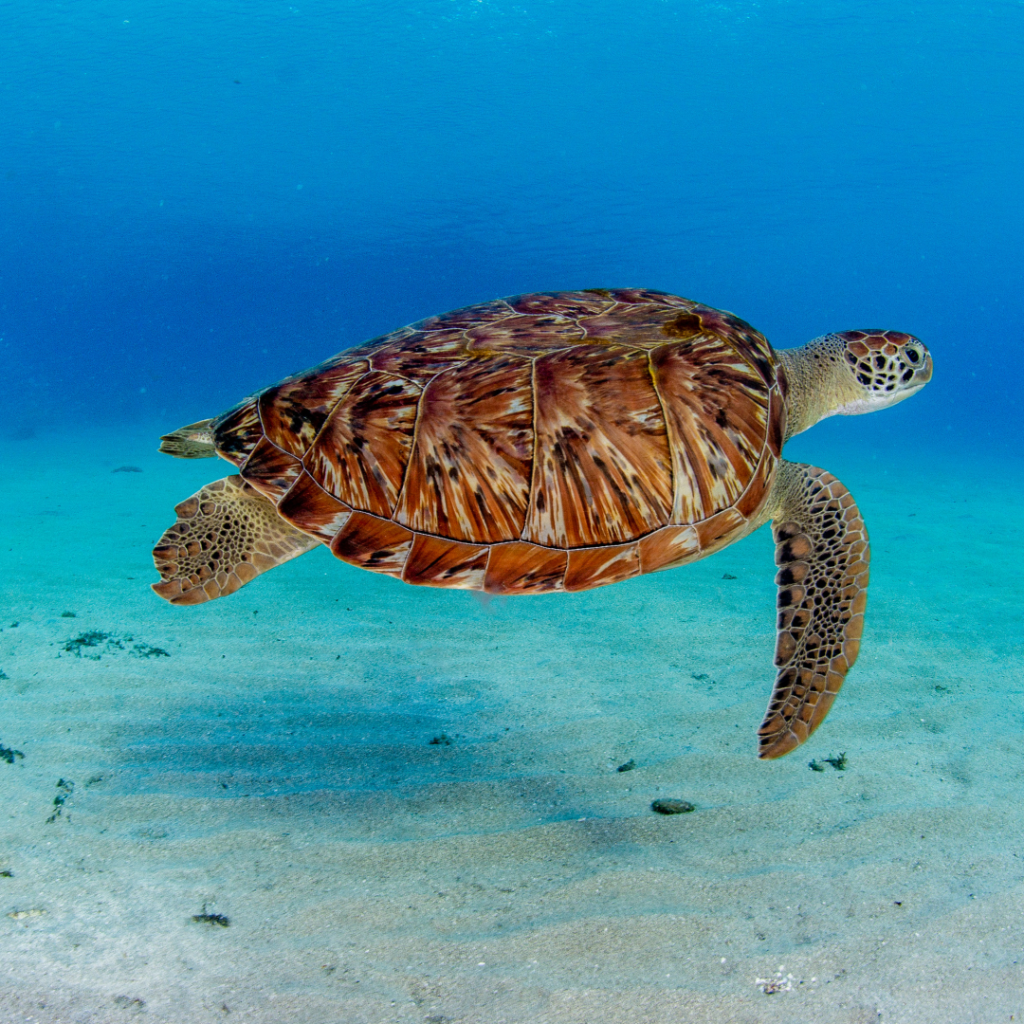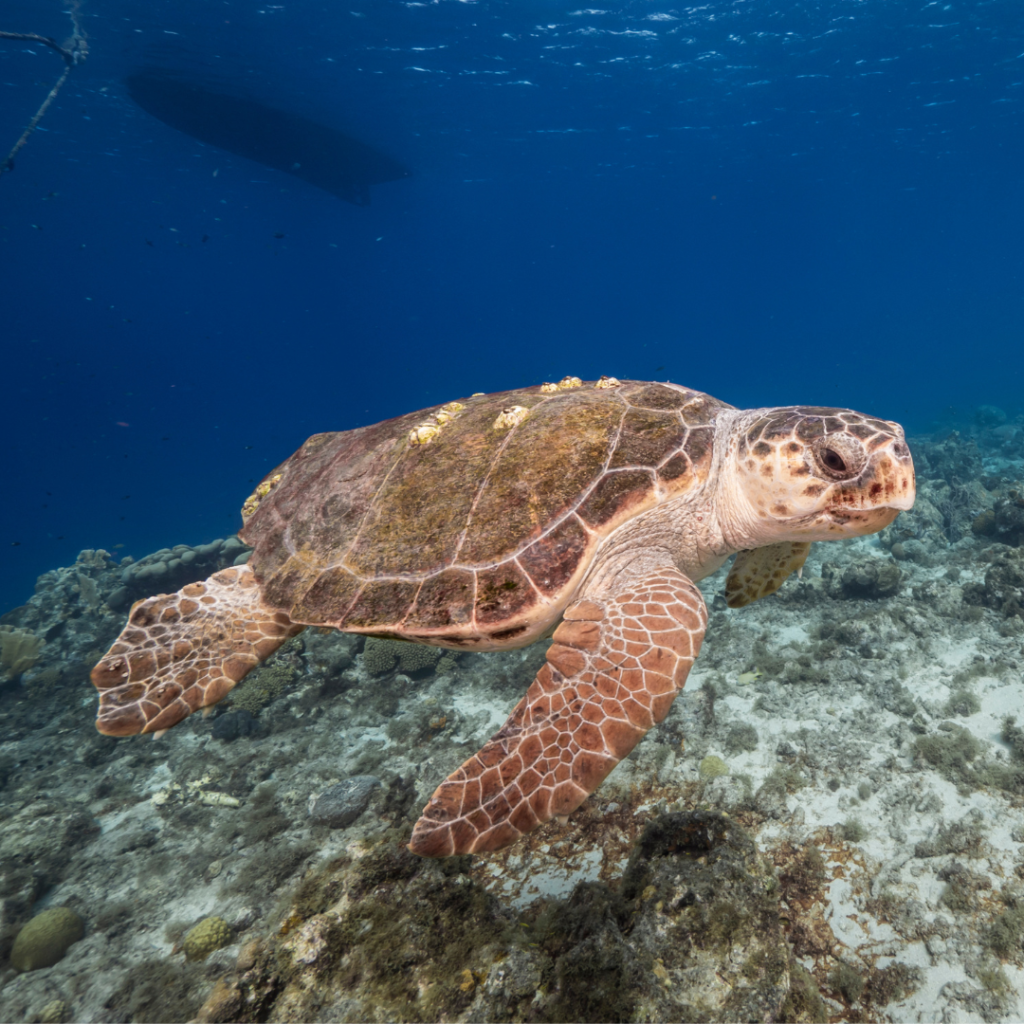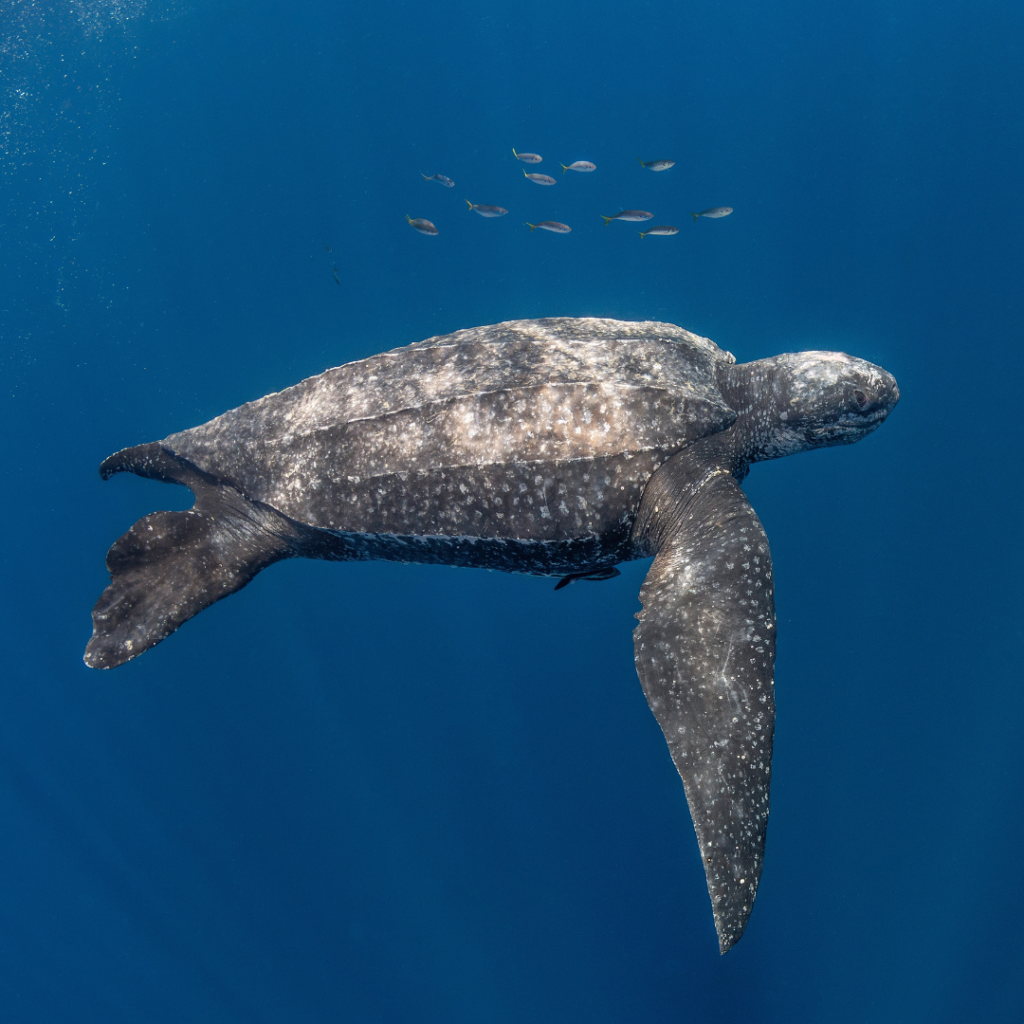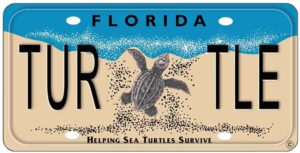Sea Turtle Nesting Season is observed from April 1 through October 31.
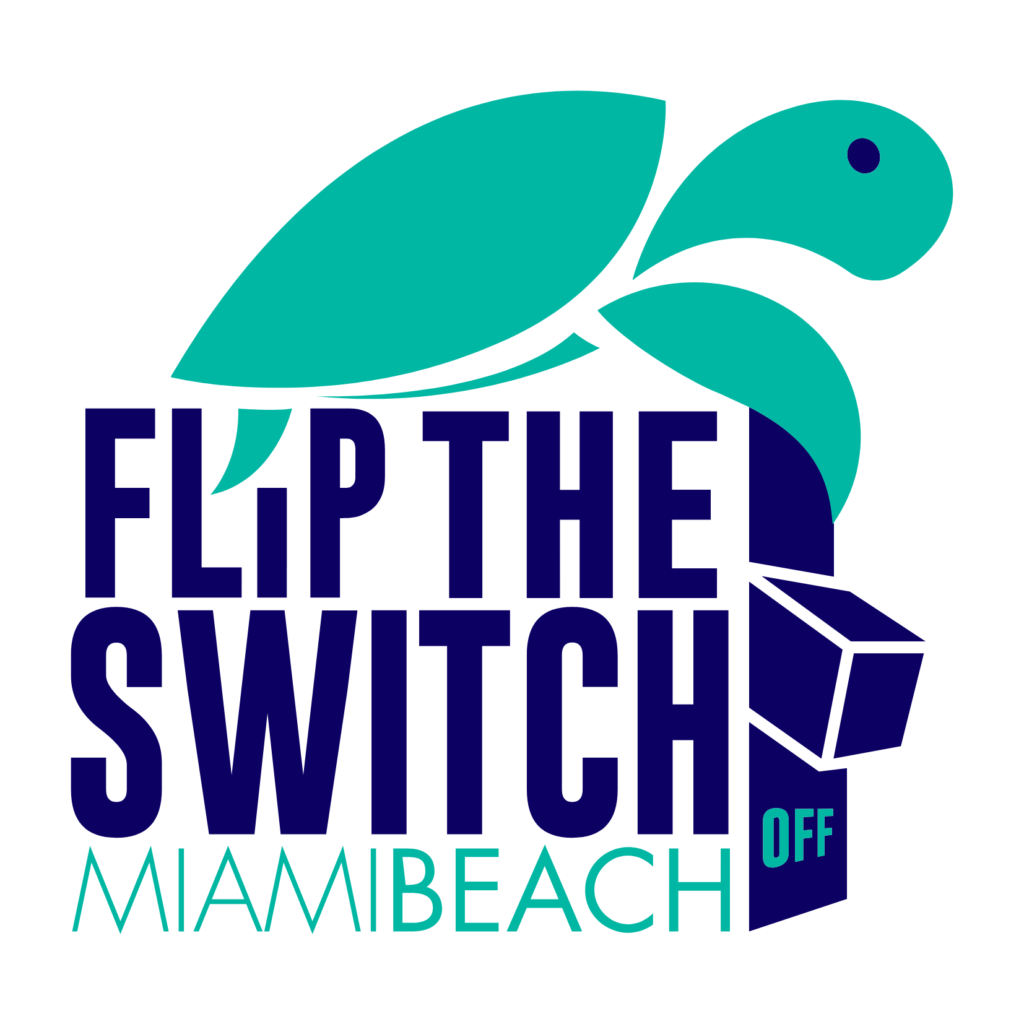
Sea Turtles are protected by the US Endangered Species Act of 1973 and Florida Statute Chapter 370. It is illegal to harm or harass sea turtles, their nests, or hatchlings. The City of Miami Beach is a nesting habitat for three species of protected sea turtles; the Loggerhead, Green, and Leatherback.
Sea turtle nesting season in the State of Florida occurs between May 1 and October 31. However, turtle nesting season begins on April 1 for Miami Beach to account for the earlier leatherback nesting season.
Although turtles prefer dark beaches, many nest on lighted shores due to the lack of dark beaches. This jeopardizes hatchlings, which are instinctively attracted to bright lights. The City of Miami Beach has adopted a Turtle Nesting Protection Ordinance to minimize the impact of artificial lighting on hatchlings and nesting sea turtles and thereby protect the endangered species that frequently visit its beaches. The Ordinance requires light management on private and public lands to prevent light pollution that is problematic for sea turtles and other nocturnal animals.
Sea turtles naturally prefer dark beaches to nest on, but often resort to nesting on lighted shores due to the lack of dark beaches. They distinguish between land and water primarily through the stark contrast between the darker dunes and the brighter sea. Artificial lighting near beaches presents a significant hazard as it confuses the hatchlings, leading them to mistakenly crawl toward the artificial lights, instead of the ocean.
Beachfront artificial lighting poses a serious threat by disorienting the hatchlings, causing them to crawl away from the ocean and toward the artificial light. To minimize this impact on hatchlings and nesting turtles, the City of Miami Beach has adopted the Turtle Nesting Protection Ordinance requiring light management on private and public lands to prevent light pollution that is problematic for sea turtles and other nocturnal animals.

- What threats do sea turtles face? In the wild, sea turtles are susceptible to predation, disease, and even beach erosion. In urban environments, such as Miami Beach, they can run into issues with fishing gear, beach furniture, vehicles, people, and the biggest challenge of all, light pollution.Sea turtle hatchlings are born with the instinct to head toward the brightest light on the beach after hatching, which is usually the light of the moon in the sky reflected off the ocean surf. In coastal areas with artificial lighting, hatchlings may become disoriented and travel in the wrong direction away from the ocean, potentially never making it to the water. It is estimated that only 1 in every 1,000 hatchlings is able to reach adulthood.
- What is the sea turtle life cycle? Nesting females crawl onto the beach at night and lay their eggs in the sand to kick-start a new generation of marine turtles. Depending on the species, these eggs generally incubate for about 60-90 days before they finally hatch. At the end of their incubation period, the hatchlings emerge from their nests, push their way to the surface, and immediately enter a frenzied race to reach the water. Once in the ocean, sea turtles can take anywhere between 10-50 years to reach adulthood and will nest in 2 to 4-year intervals to keep the life cycle going.
- Which government entities are involved in sea turtle conservation? At the state level, the Florida Fish and Wildlife Conservation Commission (FWC) is responsible for ensuring compliance with Florida Statutes. They also enforce turtle conservation permits, respond to and investigate incidents, and make changes to the permits and requirements.At the next level of regulation is the Miami-Dade County Parks, Recreation & Open Spaces Department – Sea Turtle Conservation Program, which holds the state permit and oversees daily surveys of nests. Their responsibilities include evaluating hatch success, nest relocation, and responding to disorientations. If you ever encounter a stranded sea turtle, you can contact their 24/7 Sea Turtle Hotline at (305) 310-3046 for directions from authorized personnel.The City of Miami Beach helps connect all the entities involved by making recommendations to the state and county, ensuring compliance with the Sea Turtle Protection Ordinance, and overseeing the educational component of the program. It’s important to note that the city is not allowed to change regulations, issue permits or handle sea turtles and their nests.
- What is the city doing? The City is working on short- and long-term strategies to reduce potential disorientation using the reports from Code Compliance inspections, as well as the nest and disorientation data collected by Miami-Dade County and Florida Fish and Wildlife Conservation Commission (FWC). The Environment and Sustainability Department regularly analyzes the data to help other city departments prioritize lighting retrofit and enforcement efforts where they will have the greatest impact. The Environment and Sustainability Department also provides general communications and community outreach to educate the community on the sea turtle nesting season.
- How can I be involved? As a resident or visitor, you can be an advocate for sea turtles. Advocates can report what they see and educate friends and neighbors to stay clear of nests. It is important to remember that advocates cannot touch nests, hatchlings or sea turtles.There are many other practices that you can follow to improve the nesting conditions for the marine turtles that lay their eggs every year on our beaches. Sea turtle hatchlings orient themselves toward the ocean by the reflection of the moon on the water, so excessive artificial lighting can disorient and prevent them from reaching the ocean. Although there is no substitute for a naturally dark sky, properly managing artificial lighting in beachfront properties is an important measure for reducing disorientations.
- How can I be a part of a hatchling release? Miami-Dade County hosts nighttime sea turtle releases through their Sea Turtle Conservation program. Learn more at Miami-Dade County Sea Turtle Conservation Program.


